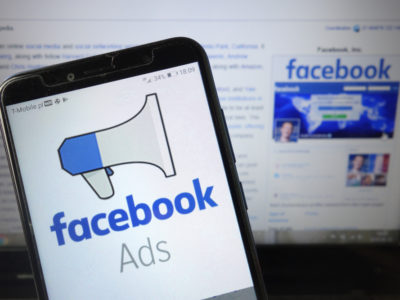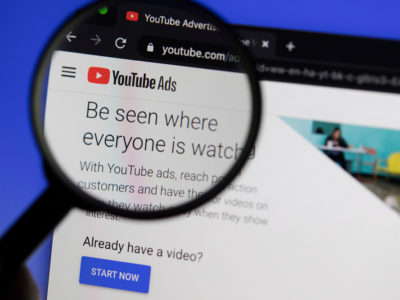Pay Per Click Services in the Philippines That Drive Profit
Run global campaigns that bring value to your business—leads, purchases,downloads, and awareness through our data-driven approach to social media and online paid advertising. We serve clients in 18+ countries.
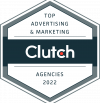
Don't simply take our word for it. Check out what some of our clients have to say about Spiralytics:
4.8 Star Ratings Globally

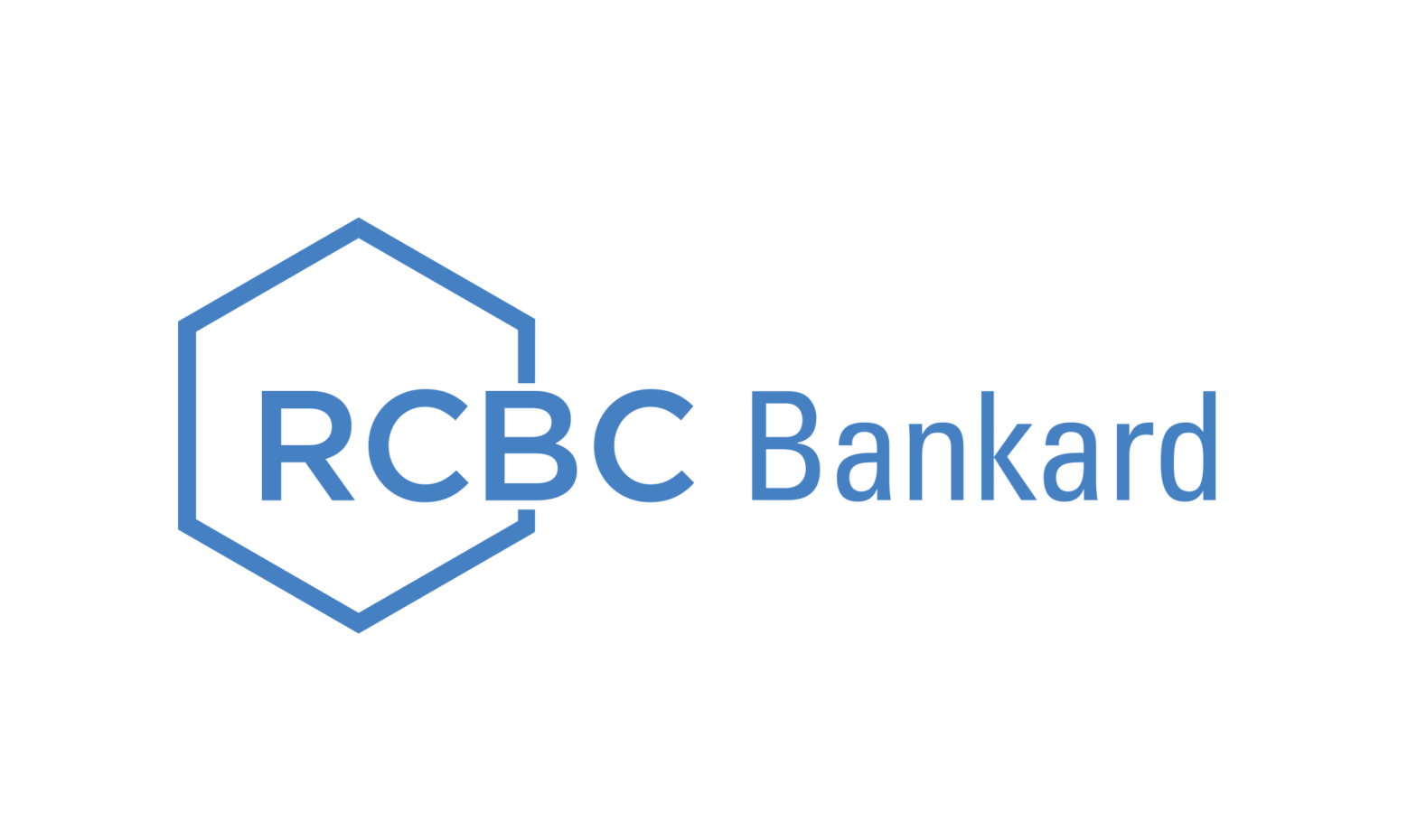
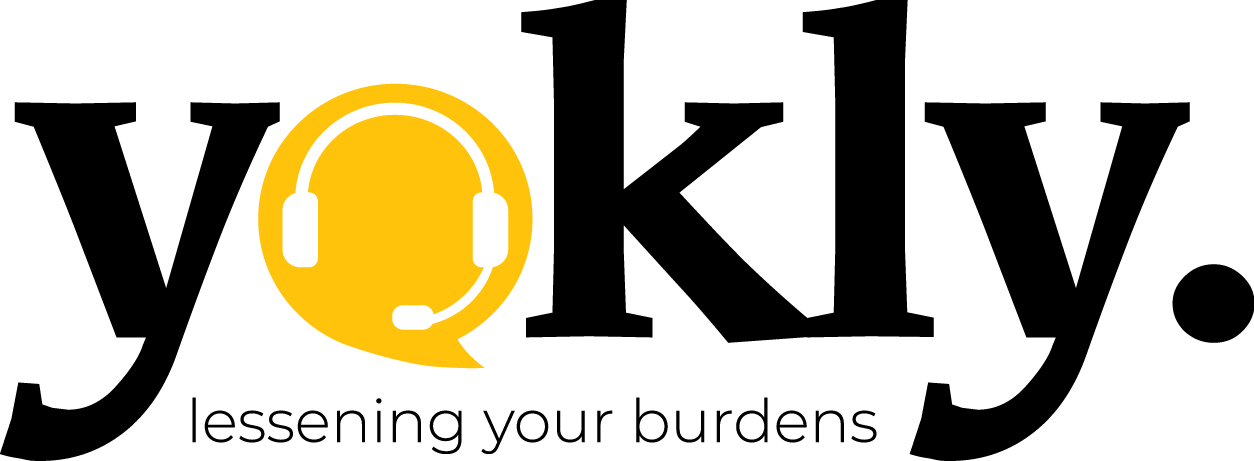



Trusted by Leading Brands to Drive Growth
with Targeted Digital Strategies

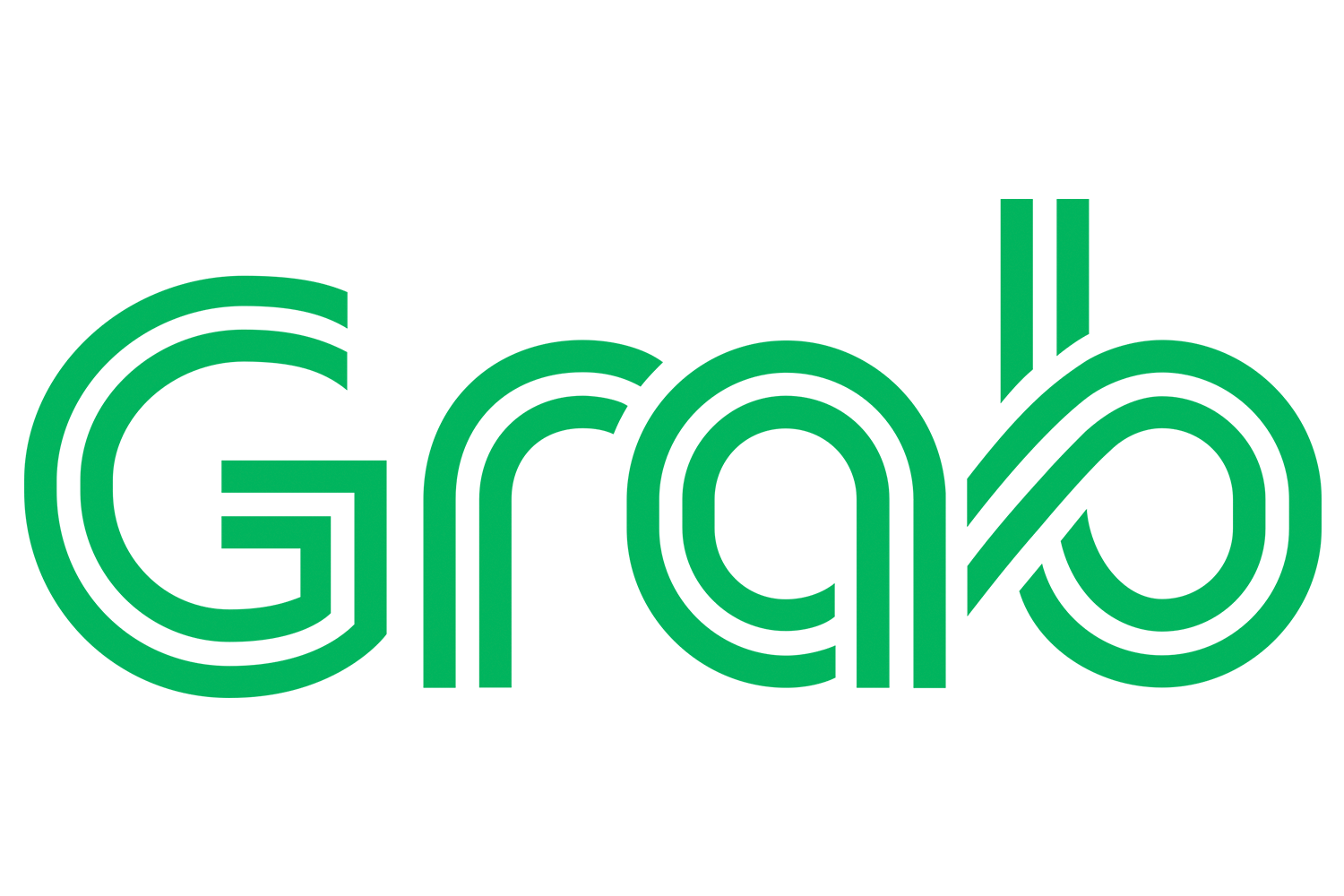
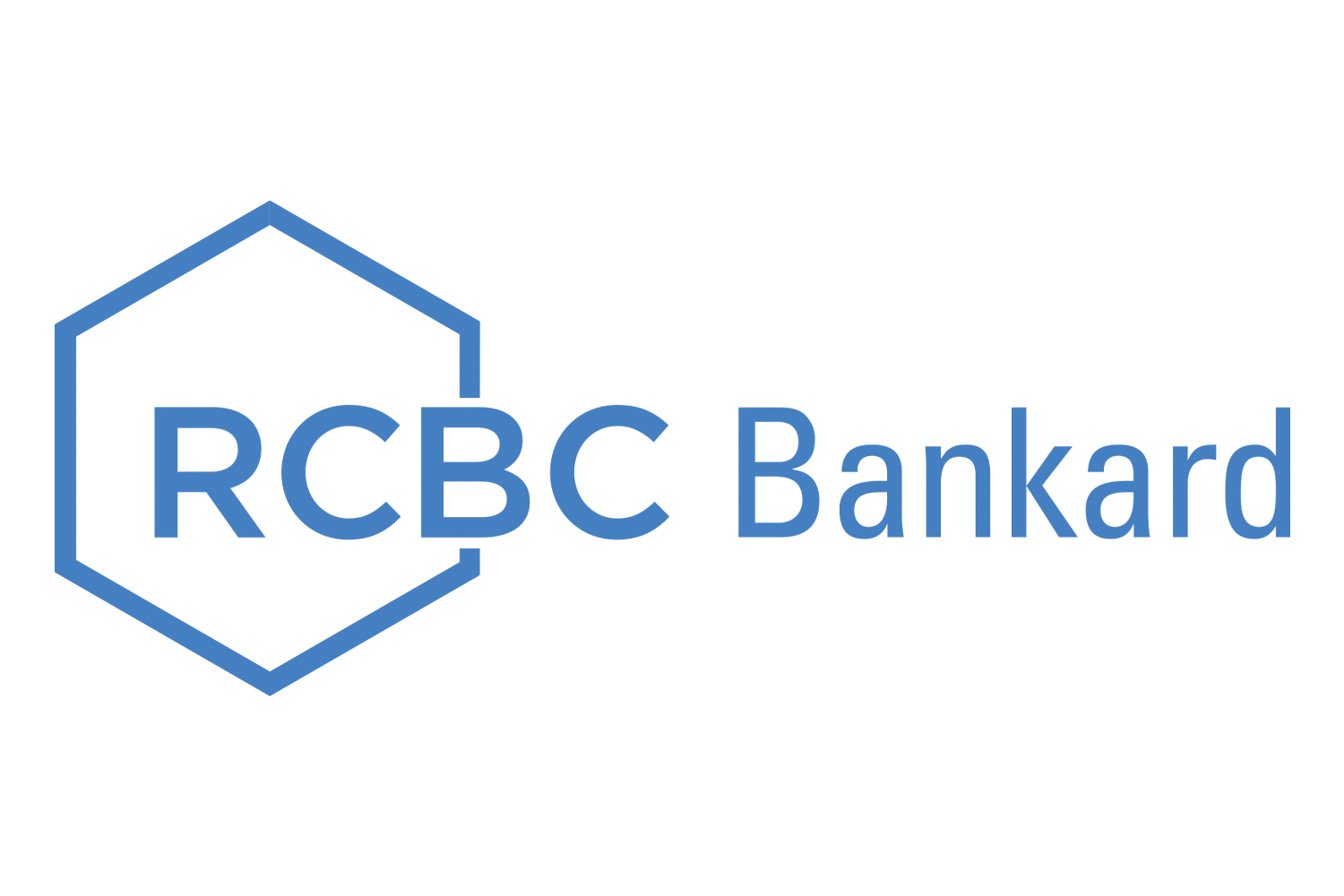
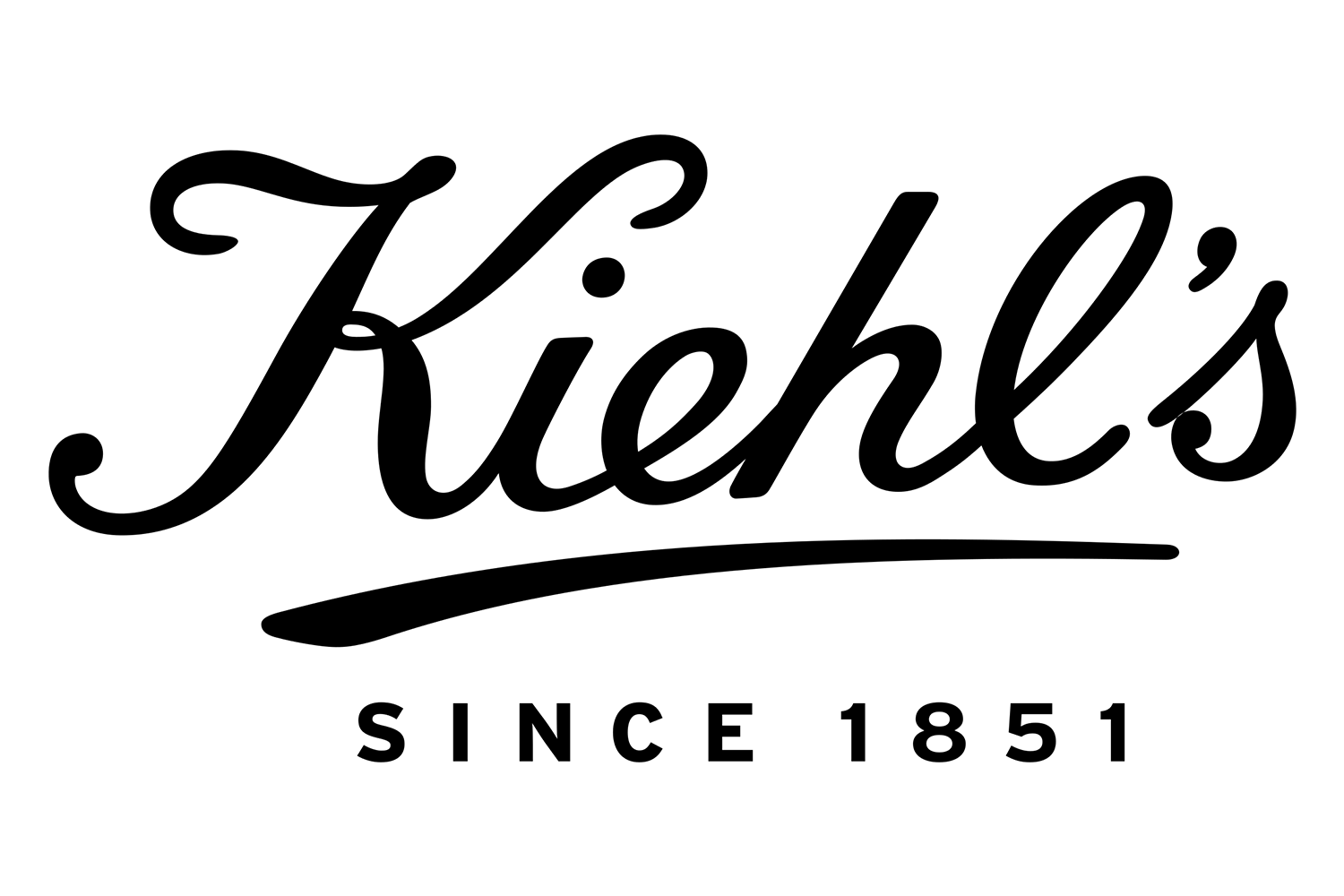
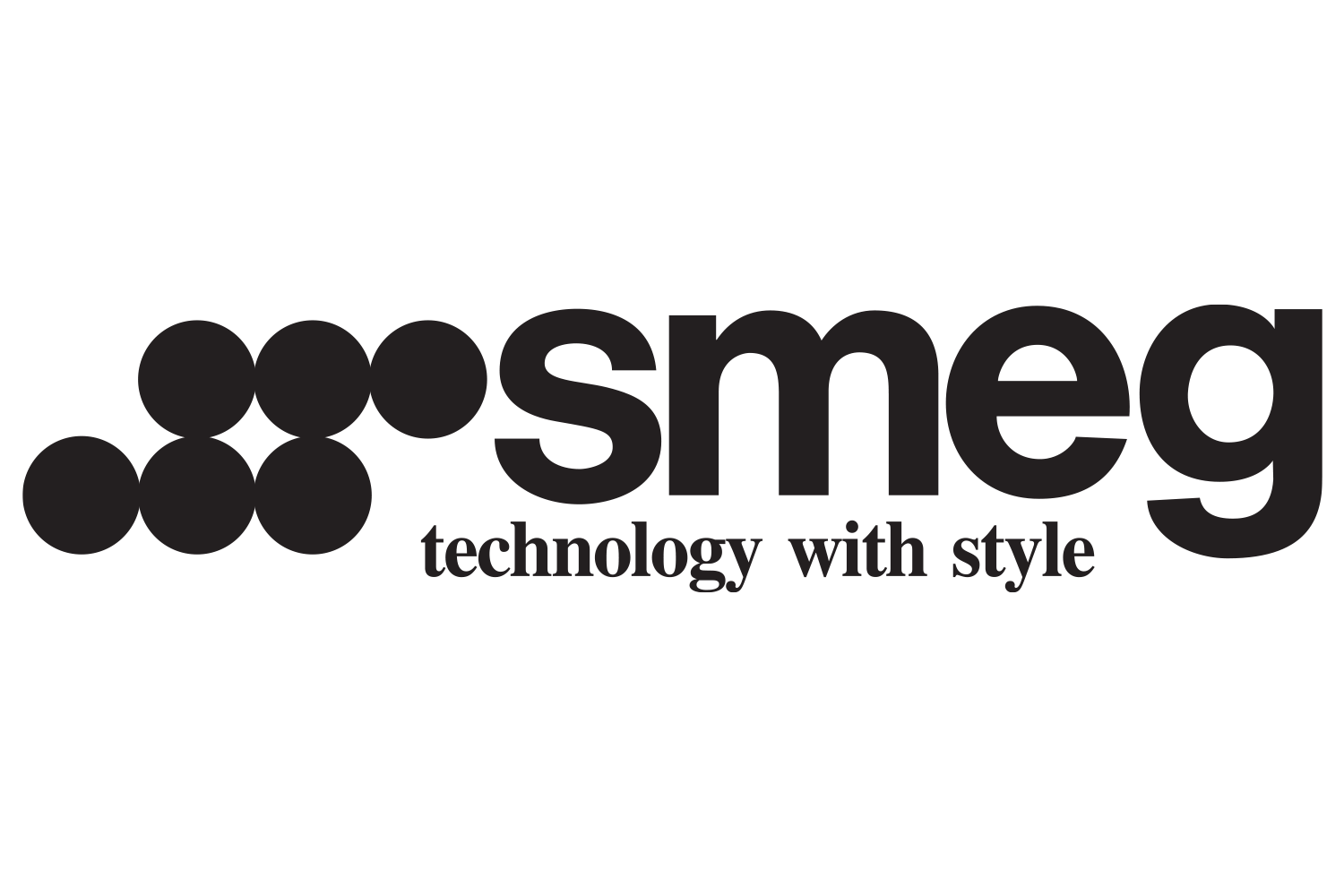

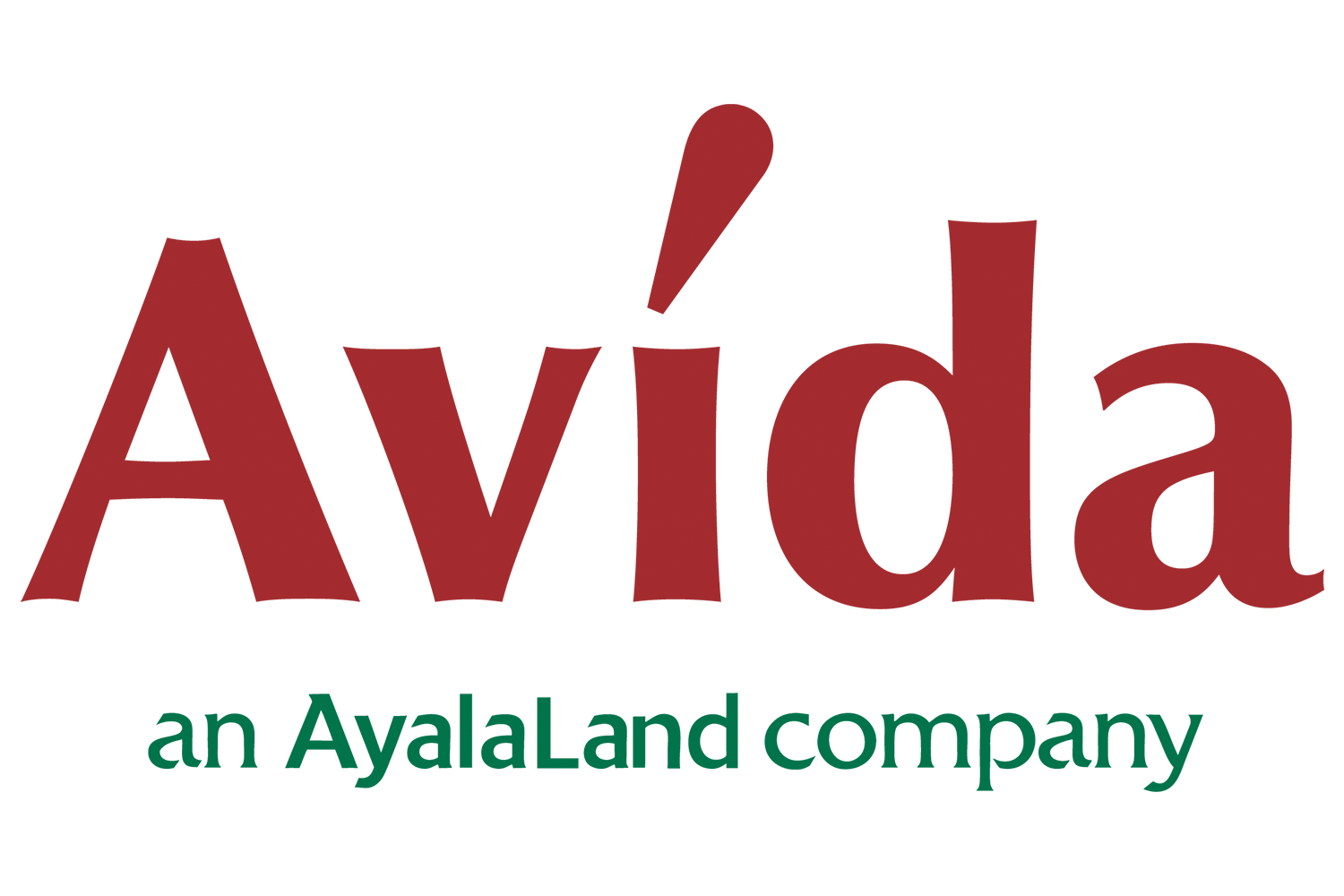
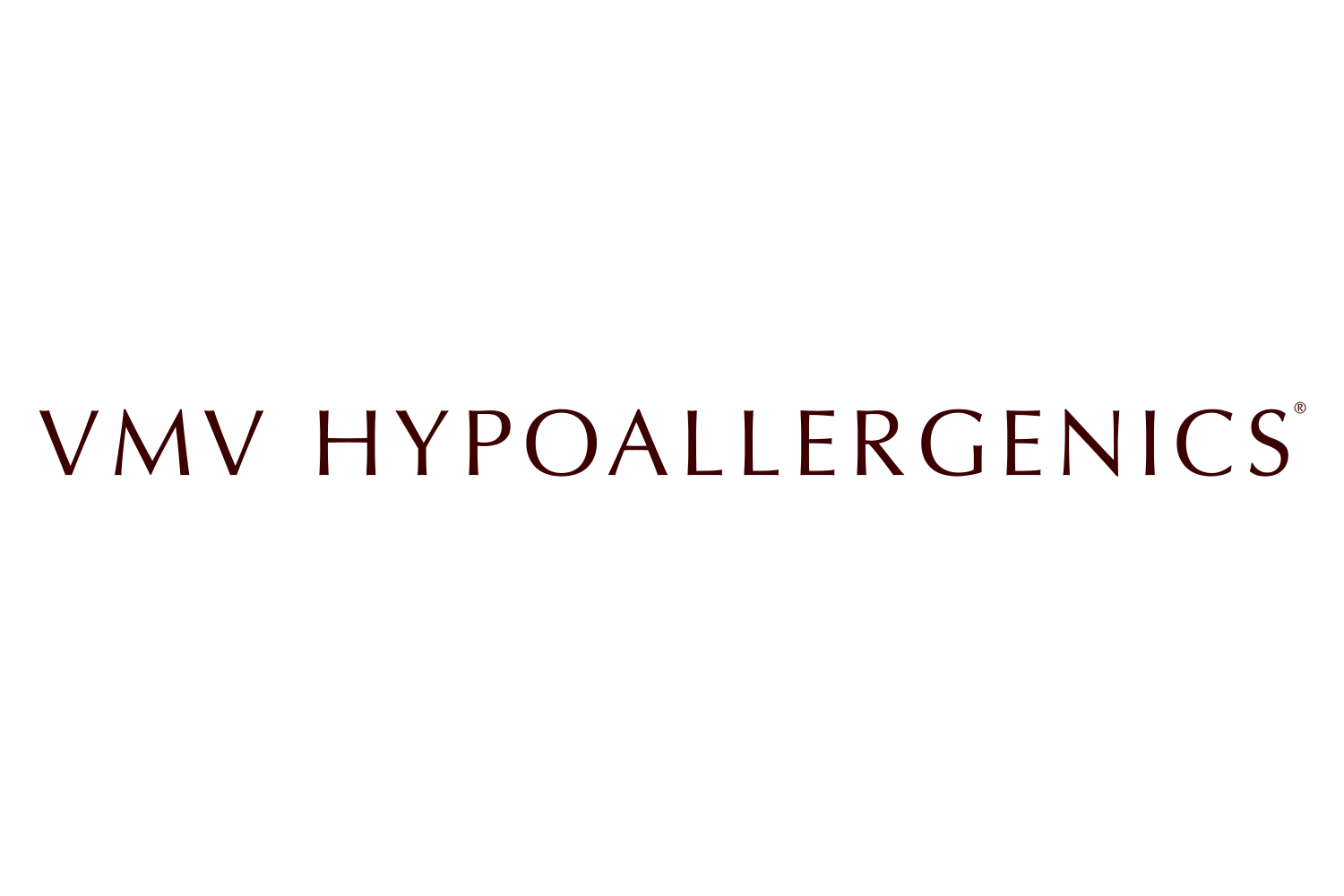

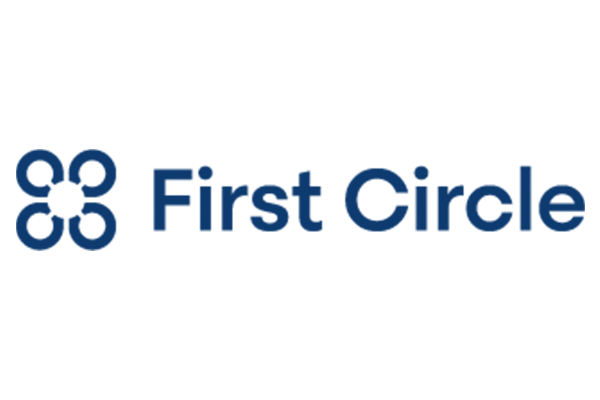
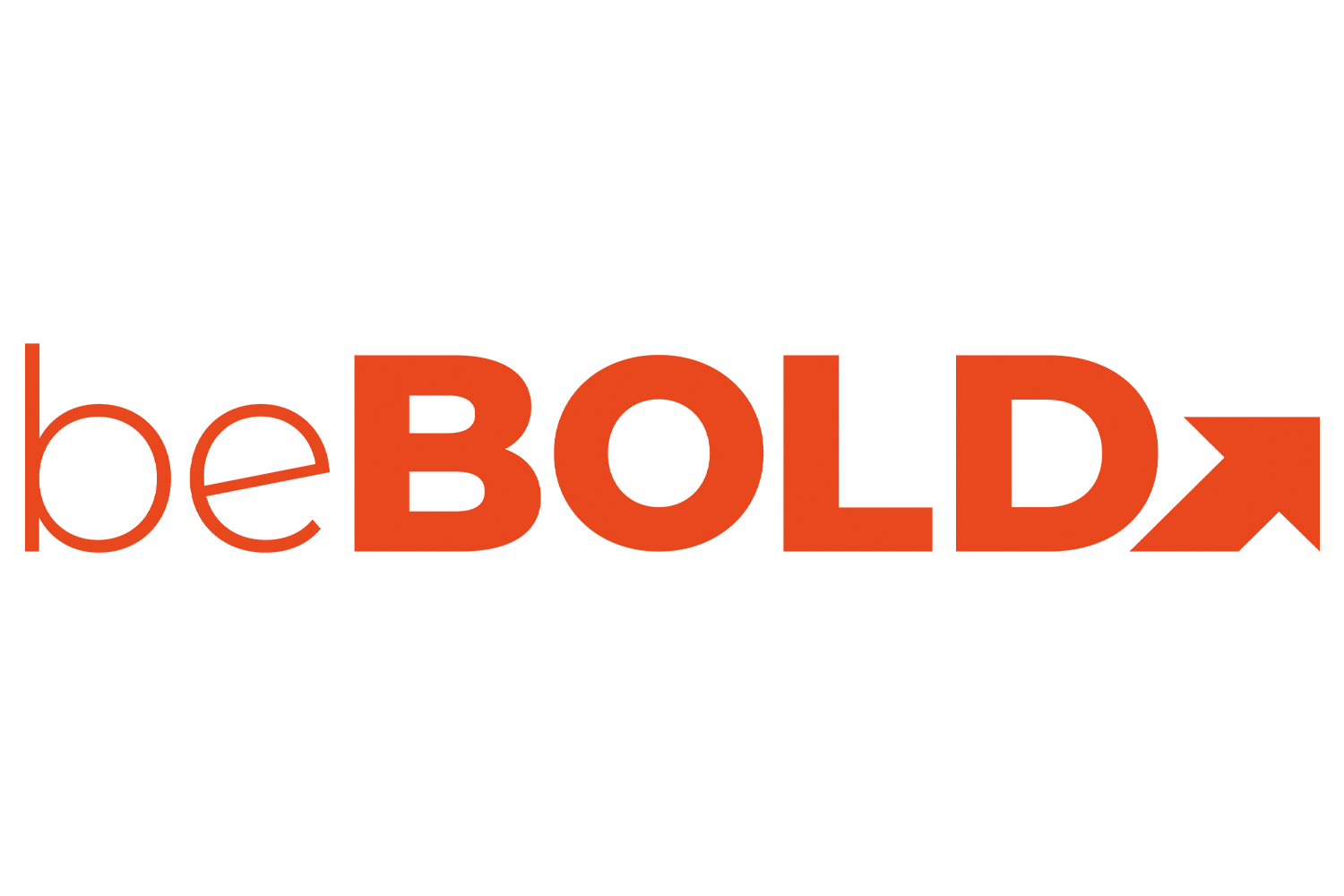
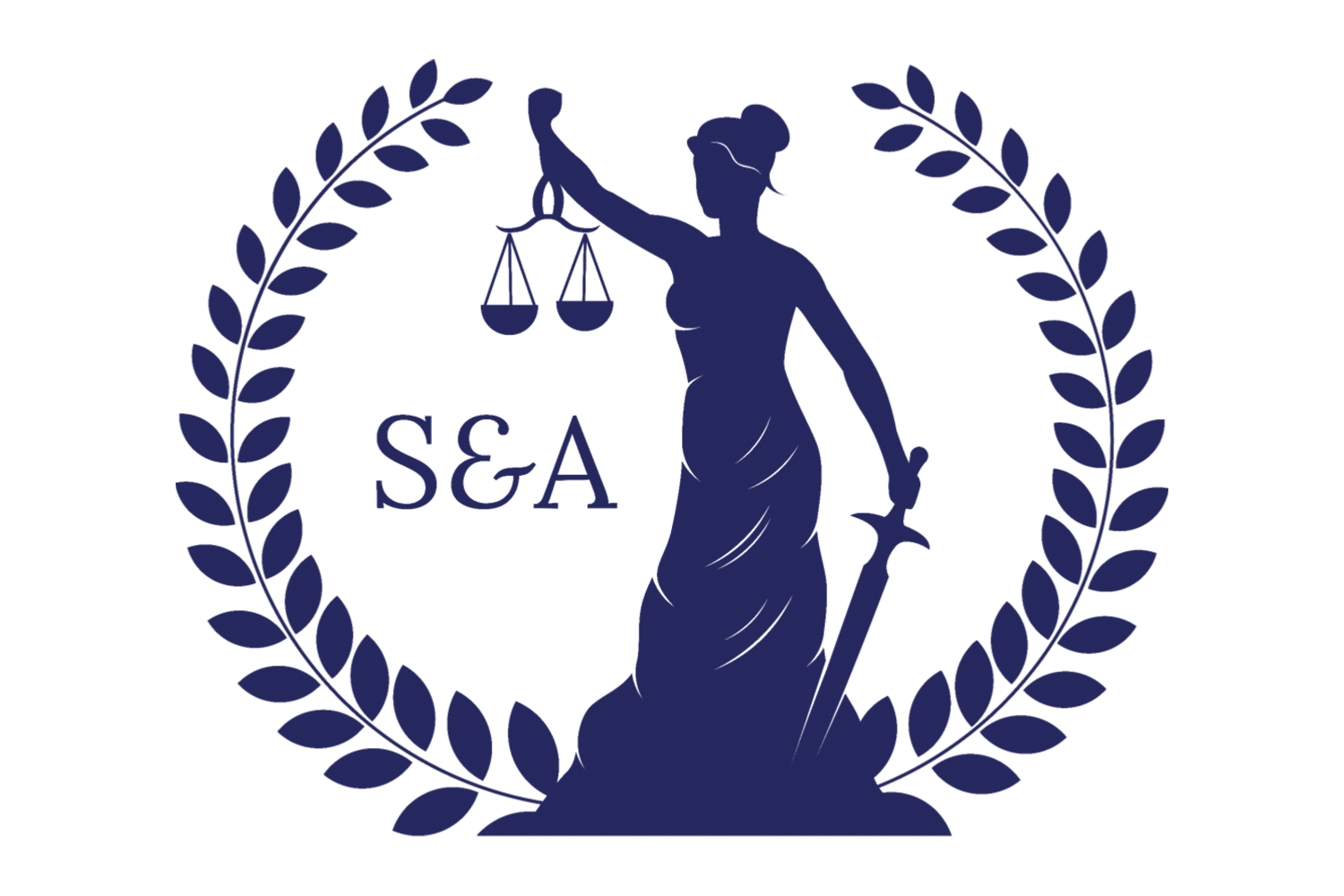
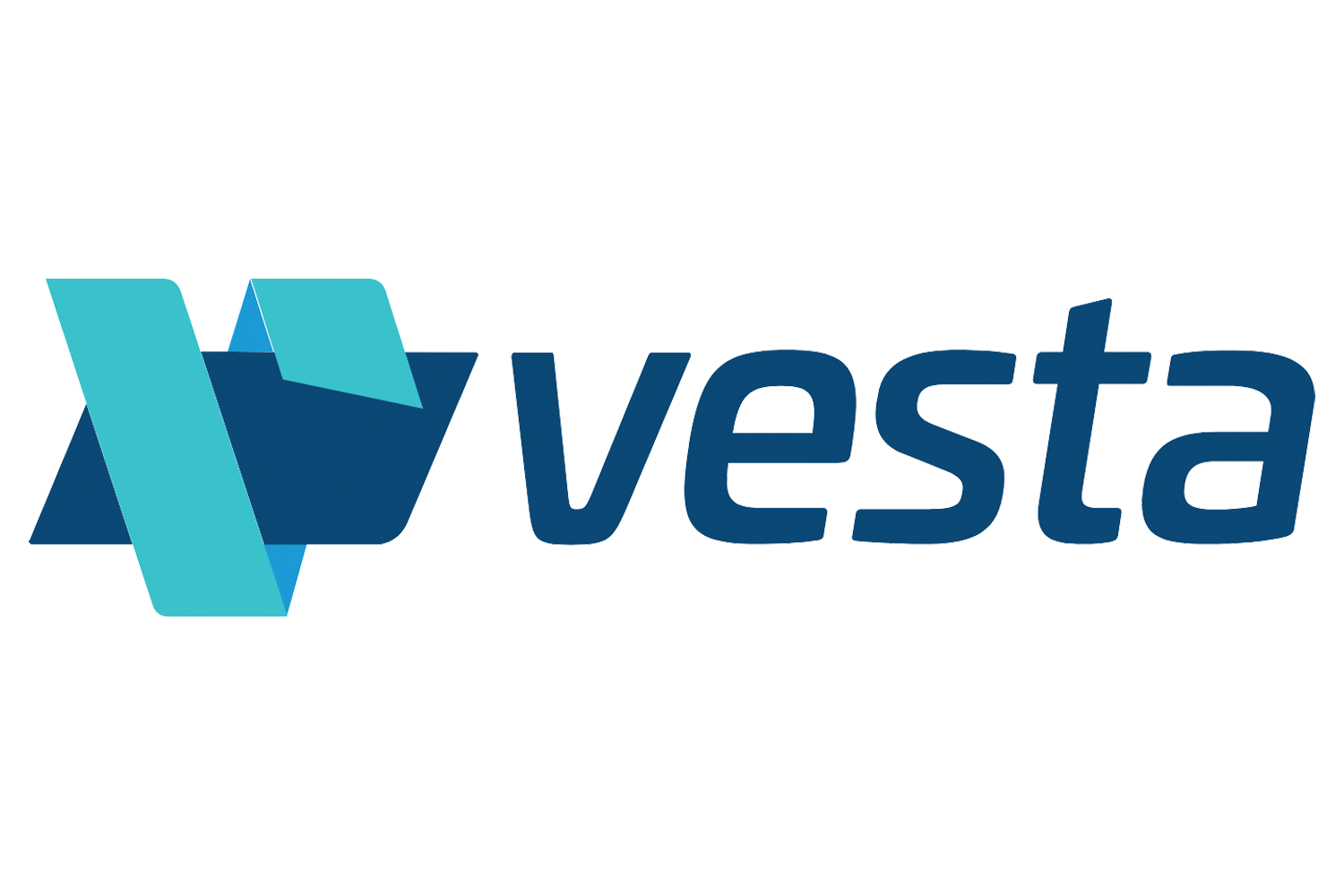
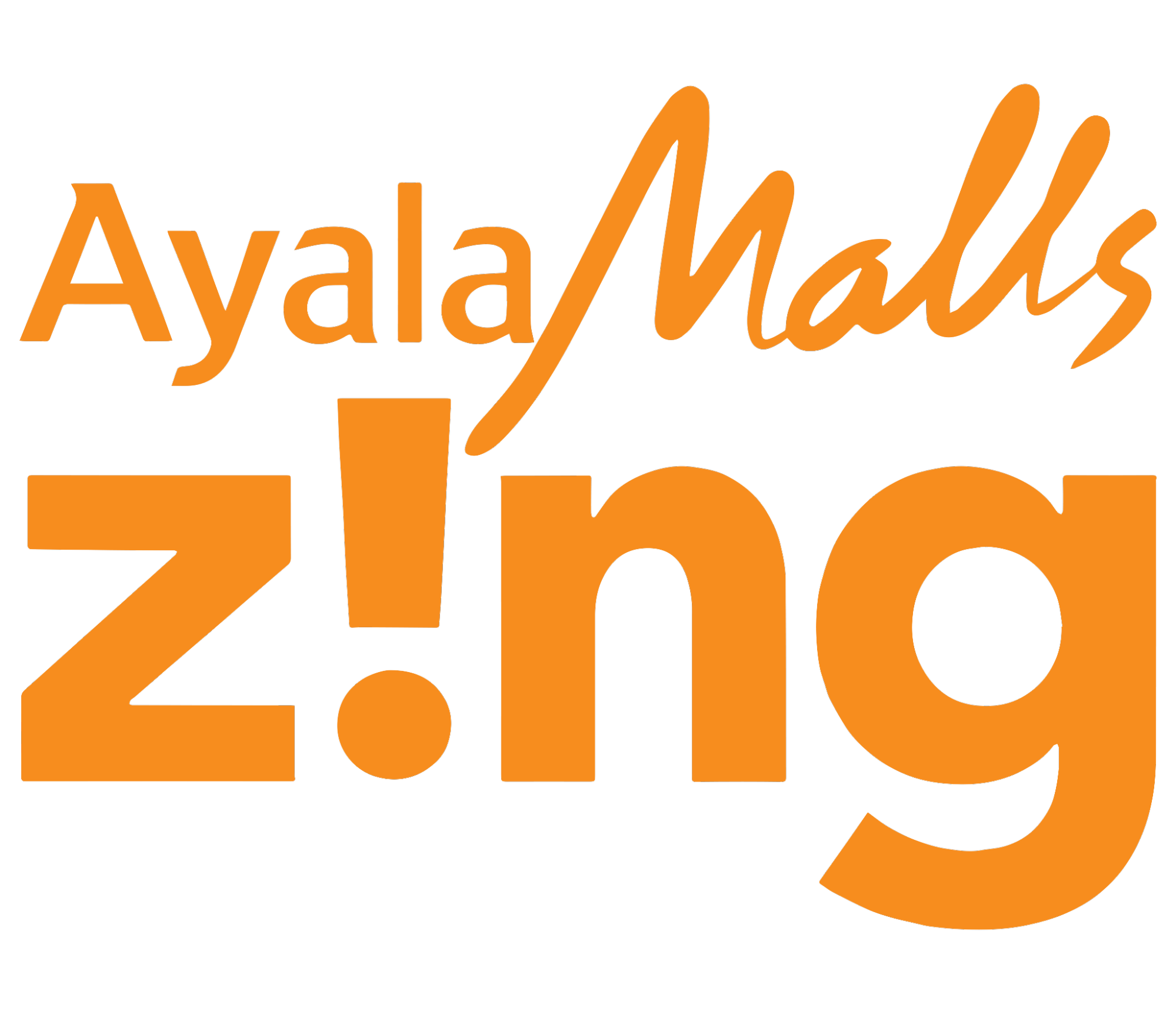
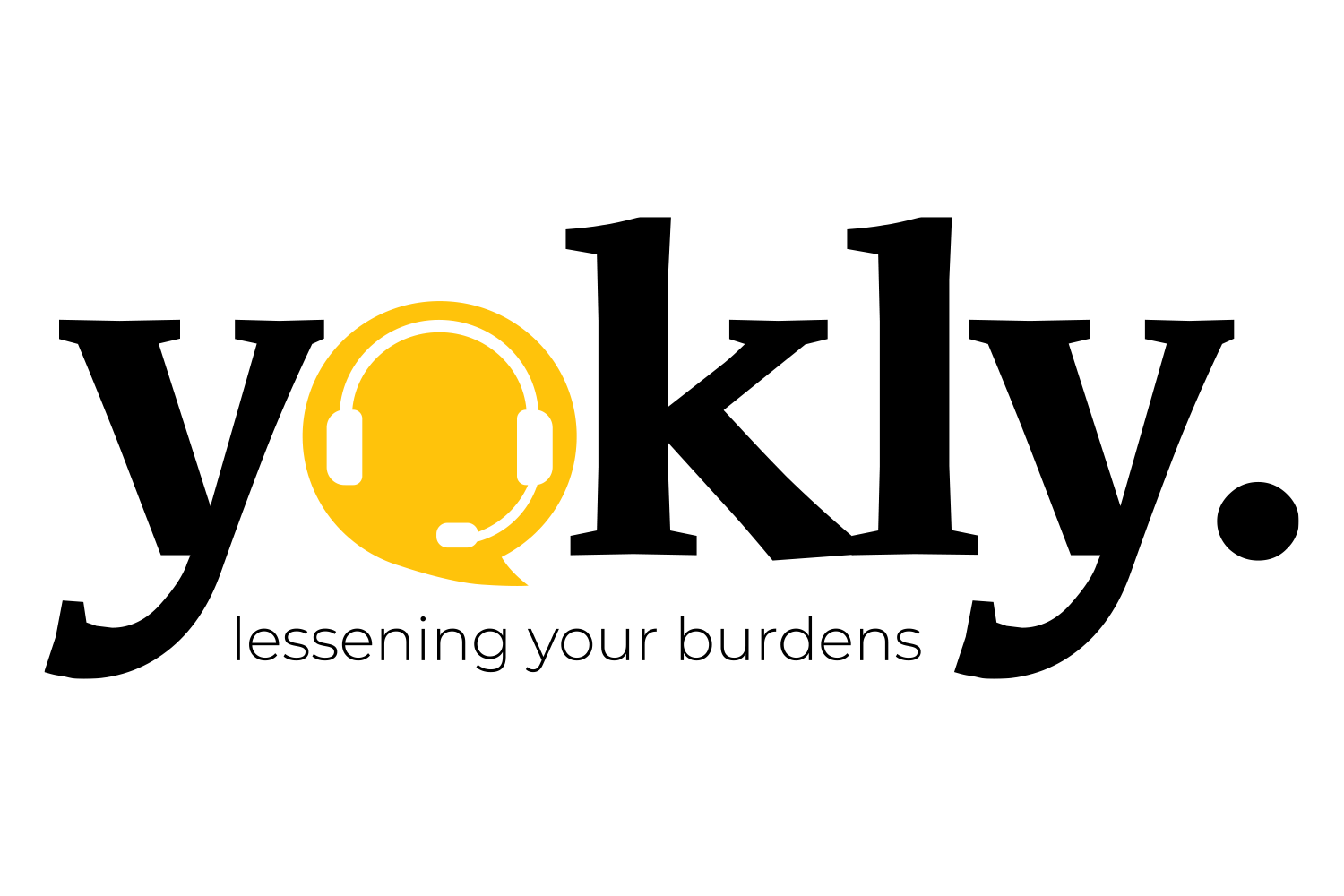
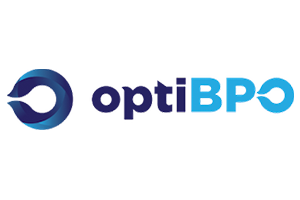
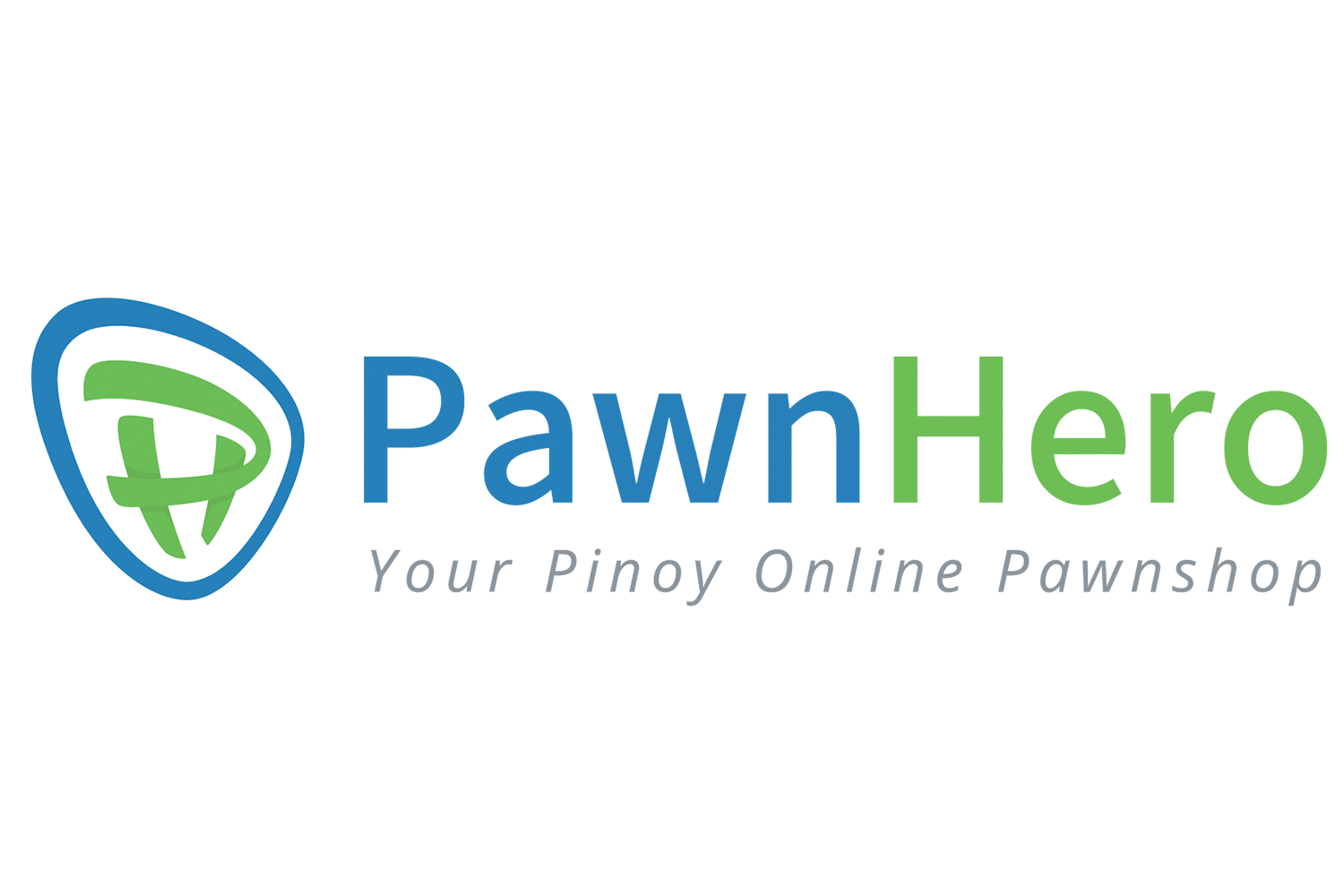

Do you know the best strategies to capture and convert leads? Read this case study on how we grew Shegerian & Associates’ lead conversions!
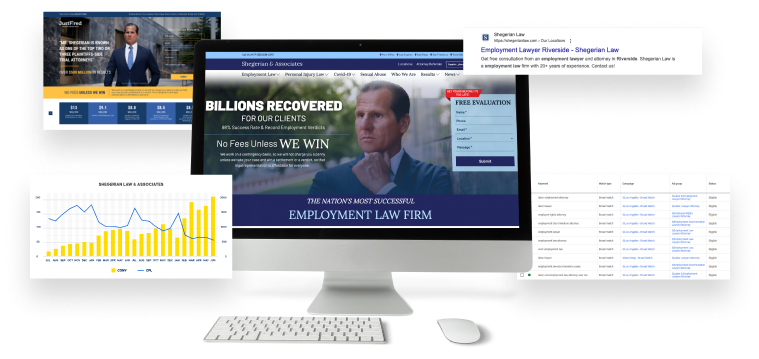
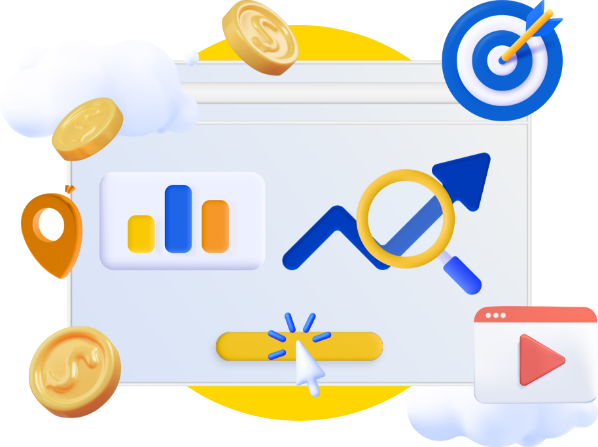
Big or small, companies face similar problems when it comes to online advertising.
We’ve seen it time and time again: companies aren’t using these channels to their full potential. It’s usually a combination of different symptoms that stop businesses from really thriving in the different advertising channels.
- Prioritizing goals that don’t bring value
- Looking at the wrong metrics and numbers
- Not having the right tools and tech
- Missing the creative finesse in making ads
In our 10 years of business, we’ve:

Worked with everyone – from large enterprises to small businesses
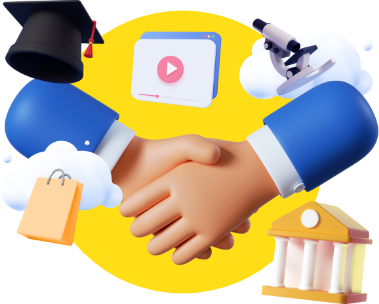
Dealt in every single industry across eCommerce, B2C, and B2B
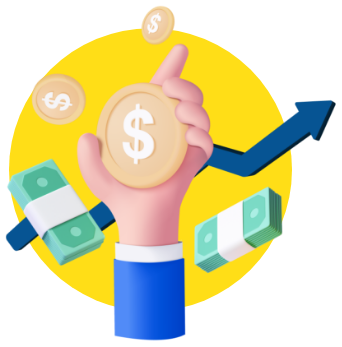
Handled millions of dollars in ad budgets, and generated millions more
Our Approach
Our practice thrives on both continuous learning and proactive execution, so your campaigns are never just one and done implementations.

Audit
what you’ve done in the past, and find opportunities that you should be doing

Apply
best practices, guided by both historical and industry benchmarks

Analyze
and identify new ways to make your campaigns better than what they were yesterday
Comparing the Different Ad Types You Can Take Advantage Of
Spiralytics offers full-channel marketing services, including account audit and technical checkup, for platforms like Google, Facebook,
Linkedin, and TikTok. We pride ourselves on identifying the proper channels that provide the most value for your business.
Recommended
Social Media Ads
Display Ads
Search Ads
Remarketing

Google Display Ads
Google Display Ads feature visually engaging static or animated image and video ads that appear on millions of websites, apps, and Google Partner pages. Widen your reach beyond Google search and reach prospects based on interests, hobbies, networks, and other factors.
Works best with: B2B and B2C Start a Display Campaign Now

Search Ads
Search Ads are one of the most popular PPC advertising models, wherein keywords show brand-specific text ads to interested users on search engines, such as Bing, Google, and Google Partner websites.Works best with: B2B, B2C, and Brand Awareness Start your Search Campaign Now

Pay per Click Ads
Pay per click in the Philippines can appear in different places online, such as on social media or search engine results pages (SERPs). Through PPC management services, you’ll typically be able to reach thousands of potential customers in a few hours. It’s what makes pay per click advertising ideal for short-term goals. Facebook advertising cost in the Philippines will depend on your budget and objectives, according to Meta. Instagram ads price in the Philippines starts at an average of PHP 45. Larger campaigns will require larger budgets. Work with PPC specialists from Spiralytics to determine the right budget for you.

Facebook and Instagram Ads
Feature highly engaging brand content on popular social media platforms Facebook and Instagram through Social Media Ads. Provide prospective customers with multiple conversion paths that direct them to your website, Messenger, lead forms, app, and event pages.
Works best with: B2C (Ecommerce) Launch your ads on the Meta platform

LinkedIn Ads
Social Media Ads on Linkedin allow you to promote your brand on the world’s largest professional platform, providing different paths to direct prospective customers to your website, lead forms, and messaging channel.
Works best with: B2B Get started on LinkedIn ads

TikTok Ads
Capitalize on the popularity of short-form video-sharing app TikTok with Social Media Ads. The platform provides unique features like video, creator, and hashtag interactions that help your brand create campaigns that resonate with the new wave of content-hungry users.
Works best with: B2C Create your first Tiktok Ad

Pinterest Ads
Create eye-catching Social Media Ads on the popular idea-sharing website Pinterest. This social media and search engine site gives you another viable avenue to showcase your brand.
Works best with: B2C (Ecommerce) Promote your brand on Pinterest

Youtube Video Ads
Take advantage of YouTube’s high user count through YouTube Video Ads. Reach millions of users who browse or watch content on the site or app daily by creating and providing riveting content in varying and unique video formats.
Works best with: B2C and B2B

Facebook and Instagram Ads
Feature highly engaging brand content on popular social media platforms Facebook and Instagram through Social Media Ads. Provide prospective customers with multiple conversion paths that direct them to your website, Messenger, lead forms, app, and event pages.
Works best with: B2C (Ecommerce) Launch your ads on the Meta platform

LinkedIn Ads
Social Media Ads on Linkedin allow you to promote your brand on the world’s largest professional platform, providing different paths to direct prospective customers to your website, lead forms, and messaging channel.
Works best with: B2B Get started on LinkedIn ads
Google Display Ads
Google Display Ads feature visually engaging static or animated image and video ads that appear on millions of websites, apps, and Google Partner pages. Widen your reach beyond Google search and reach prospects based on interests, hobbies, networks, and other factors.
Works best with: B2B and B2C

Google Discovery Ads
Google Discovery Ads enable you to reach out to 3 billion customers worldwide by running mobile-optimized images or video-based ads on some of Google’s most prominent placements like YouTube, Gmail, and Google Discover.
Works best with: B2C and B2B
![]()
Search Ads
Search Ads are one of the most popular PPC advertising models, wherein keywords show brand-specific text ads to interested users on search engines, such as Bing, Google, and Google Partner websites.
Works best with: B2B, B2C, and Brand Awareness

Local Search Ads
Increase customer traffic to your physical store with Local Search Ads. Brand-specific ads will show up for customers in your area, featuring your location, contact details, operating hours, and reviews, helping generate interest and increased visibility.
Works best with: B2C

Shopping Ads
Shopping Ads are product-based ads specifically for product searches on Google and Google Shopping. Increase your visibility on the open market while helping your customers decide by providing detailed information like price, store name, images, and reviews.
Works best with: Ecommerce and B2C

App Campaigns
Promote your app, drive downloads, and grow engagement through App Campaigns. Showcase a variety of ads across social media platforms like Facebook, Instagram, Google, and TikTok with your brand’s ad text ideas, videos, images, and assets from your app store listing.
Works best with: B2C

Local Search Ads
Reach prospects who have interacted with your brand through Remarketing Ads. Utilize retargeting ads to compel customers with prior interest to re-engage with your brand and convert.
Works best with: B2C and B2B
Paid Online Advertising That Drives Revenue
Whether you’re from the Philippines, USA, UK or a multinational company, run campaigns that bring value to your business—leads, purchases, downloads, and awareness—through our data-driven approach to online paid advertising.
How Pay Per Click Advertising Benefits You
Looking at partnering with an advertising agency from the Philippines? Spiralytics is a Philippine-based digital marketing agency catering to local and international brands that need to increase their sales, leads, and brand awareness worldwide.
If you’re seeking expert online marketing support, working with a top advertising agency in the Philippines ensures your campaigns are optimized for the best results across all digital platforms.
English is our second language, allowing us to write about different topics and adapt to how your audience speaks, whether they live in the US, UK, Canada, Australia, or other parts of the world.
Filipinos are also heavy internet users, averaging 10 hours and 27 minutes daily, with a little over four hours spent on social media. This gives us an edge in understanding PPC agencies in the Philippines, doing PPC from the Philippines, and knowing what gets clicks.
Ultimately, we understand that the key to pay per click advertising in the Philippines’ success is knowing exactly what your audience is looking for. Guesswork wastes your money.
Take advantage of our data-driven methods to craft optimized pay per click advertising from the Philippines that resonates with your target audience, wherever they are.
Truths Worth Telling
We believe that more than just budget, at the heart of your business is a truth worth telling. Our goal is to make sure that that truth, your business’ story, reaches the right people at the right place and at the right time. Because of that, we’ve dedicated our craft to both art and science – compelling messages fueled by data.
When you work with Spiralytics, you work with a team that’s committed to bring you the best value there is with online ads. And we never just settle for good – we always strive to make sure your campaigns are the best that they can be through thousands of different tests and adjustments.
Beyond that, we also make sure you hear the truth. Our work is grounded on transparency and making sure you know where your ad spend is going. We provide insight that’s direct and honest, making sure you understand the full process.
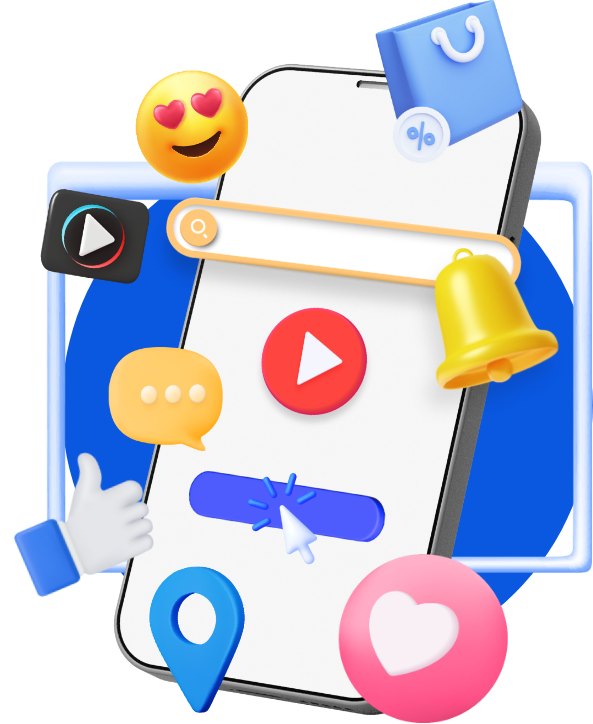
Bring Your Brand
To the right Customers
Anyone can do pay per click in the Philippines, but it takes a team that’ll work tirelessly to make sure you get the most out of it.
Our online advertising service ensures that your hard-earned money isn’t just going to useless online vanity, but actually driving people to patronize your business.
Frequently Asked Questions
About Online Advertising
What is PPC in marketing?
Why advertise with pay per click ads?
Won’t Google and Facebook just show my content when people search for us?
Google and Facebook (and any other social channel and search engine) have changed drastically in the past decade. Just because someone searches for your business or follows your page doesn’t automatically mean they’ll see your name anymore. These businesses operate now on paid impressions.
What we do is make sure you invest your budget into the right platforms so you can be more confident in the new advertising economy.
Why use digital when traditional ads give me more mileage?
This is no longer true. Shifts in user behavior have made online channels more potent than ever before. The number of users that are online increases daily, and it’s more important than ever for you to be right there when they unlock their phones and open their computers.
Beyond that, we promise something that most traditional ad channels can rarely provide – actual numbers attributable to your campaigns.
Why do I need a PPC agency?
A PPC agency is a valuable resource for businesses looking to enhance their online advertising impact. Specializing in platforms like Google Ads and social media, these agencies optimize campaigns, reduce costs, and provide data-driven insights for continuous improvement. Their expertise in ad copywriting and design, coupled with staying abreast of industry trends, enables strategic planning and competitive analysis.
PPC agencies like Spiralytics provide strategic planning, competitive analysis, and measurable results through detailed analytics, making it a cost-effective investment for businesses looking to enhance their online presence and drive conversions.
Don’t I need massive budgets to run these ads?
Most online channels operate on exponentially smaller minimum budgets than traditional media. Given this, budgets operating from the few hundred to the millions are accepted.
Our job now as your PPC agency is to make sure you spend it properly. Whether big or small, our goal is the same: bring value to make your ads as competitive as they can be.
Can you actually track signups or purchases or revenue?
Yes. Our workflows are designed specifically around data and data accuracy. From the onset, we make sure everything’s working properly so you can literally see your ROI come in.
How fast can pay per click help achieve a return on investment?
You can reach thousands of potential customers in a few hours through PPC management services. It’s what makes pay per click advertising ideal for short-term goals.
How much will pay per click ads cost?
According to Meta, Facebook advertising costs in the Philippines depend on your budget and objectives. Instagram ads price in the Philippines starts at an average of PHP 45.
Larger campaigns will require larger budgets. Work with PPC specialists from Spiralytics to determine the right budget for you.




